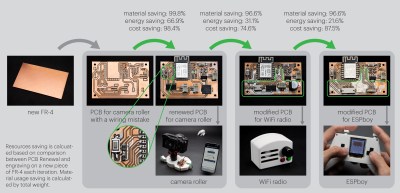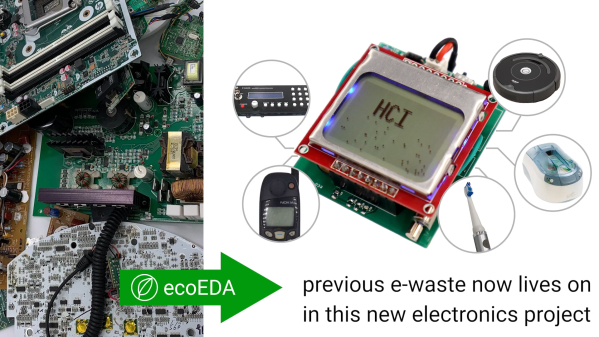We love seeing hacks that involve salvaging parts from what you have on hand to make a new project work, and this project is a great example of that. [Simon], in a quick weekend build, created an automated blinds opener using parts he had available.
The project began with the desire to have his blinds open slowly and silently, gradually letting in more light. To accomplish this, a few key components were needed, including a motor with a gearbox to provide the torque required to actuate the blinds and a magnetic encoder to track their progress. To isolate vibrations and keep the system silent, the motor is mounted using a silicone motor mount that he salvaged from a broken water flosser.

To mount the motor to the wall near the window, he used some 3D printed parts. A clever combination of surgical silicone tubing and silicone tape attaches the motor to the window blind shaft while limiting vibration transfer, keeping things quiet. [Simon] advises against using magnetic encoders as he did, noting that while he had them on hand and made them work, the magnetic shaft’s misalignment with the encoders makes it a less-than-ideal approach. Nevertheless, he got it working.
Automating blinds is a fairly common project around these parts, made all the more accessible with clever 3D printed mechanisms. We’ve even seen variations that can be used in rentals, dorms, and other places were permanent modifications need to be avoided.



















